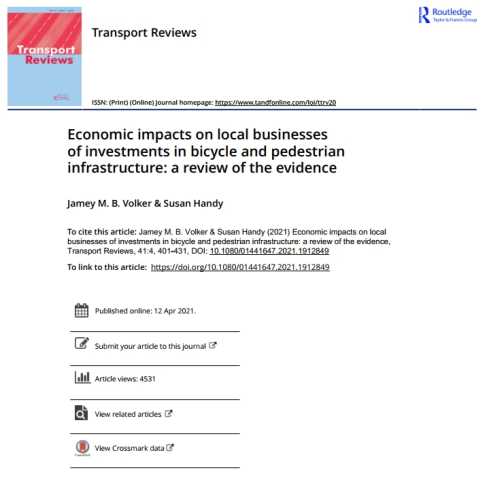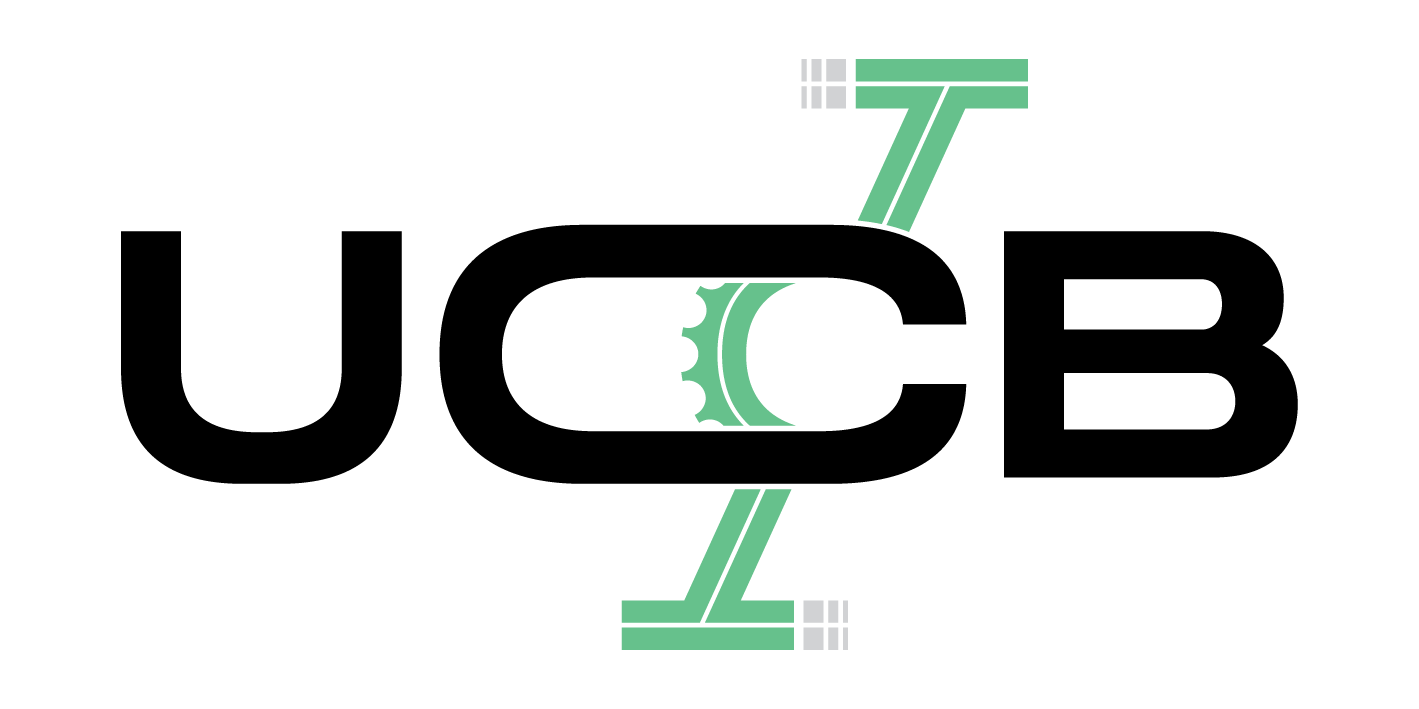Economic impacts on local businesses of investments in bicycle and pedestrian infrastructure: a review of the evidence
Tipo de publicação
Artigo
Curso ou área do conhecimento
Engenharia de Transporte
Veículo
Transport Reviews
Tipo de autoria
Pessoa Física
Nome do autor
Jamey Volker & Susan Handy
Língua
Inglês
Abrangência geográfica
País estrangeiro específico
País
Estados Unidos
Ano da publicação
2021
Palavra chave 1
Comércio
Palavra chave 2
Economia
Palavra chave 3
Infraestrutura
Descrição
Local officials in North America frequently face opposition to new or
expanded bicycle or pedestrian facilities. The most vocal opponents
are usually motorists and local business owners who fear that the
removal of or reductions in vehicular parking or travel lanes will
reduce patronage from motorists and that any increased patronage
from pedestrians or cyclists will not offset the lost revenues. A lack
of direct evidence on the economic impacts of facilities on local
businesses has made it difficult to support or debunk such fears. A
lack of quantitative evidence in particular has prevented the
incorporation of such impacts into cost–benefit analyses. The issue
has received enough attention from researchers in recent years that
a review of the evidence is now warranted. We reviewed the
relevant literature and identified 23 studies, focusing on the US and
Canada, that either (1) quantified and compared consumer
spending between active travellers and automobile users (n = 8), or
(2) quantified an economic impact to local businesses following the
installation of bicycle or pedestrian facilities (n = 15). Taken
together, the studies indicate that creating or improving active
travel facilities generally has positive or non-significant economic
impacts on retail and food service businesses abutting or within a
short distance of the facilities, though bicycle facilities might have
negative economic effects on auto-centric businesses. The results
are similar regardless of whether vehicular parking or travel lanes
are removed or reduced to make room for the active travel facilities.
The studies also highlight best practices for designing future
research. Ten of the 15 studies that quantified an economic impact
to local businesses used both before-and-after data and comparison
sites or other statistical controls for variables unrelated to the active
travel facility “treatment;” six of those used statistical testing.



 Ao navegar no Observatório da Bicicleta você concorda com os
Ao navegar no Observatório da Bicicleta você concorda com os